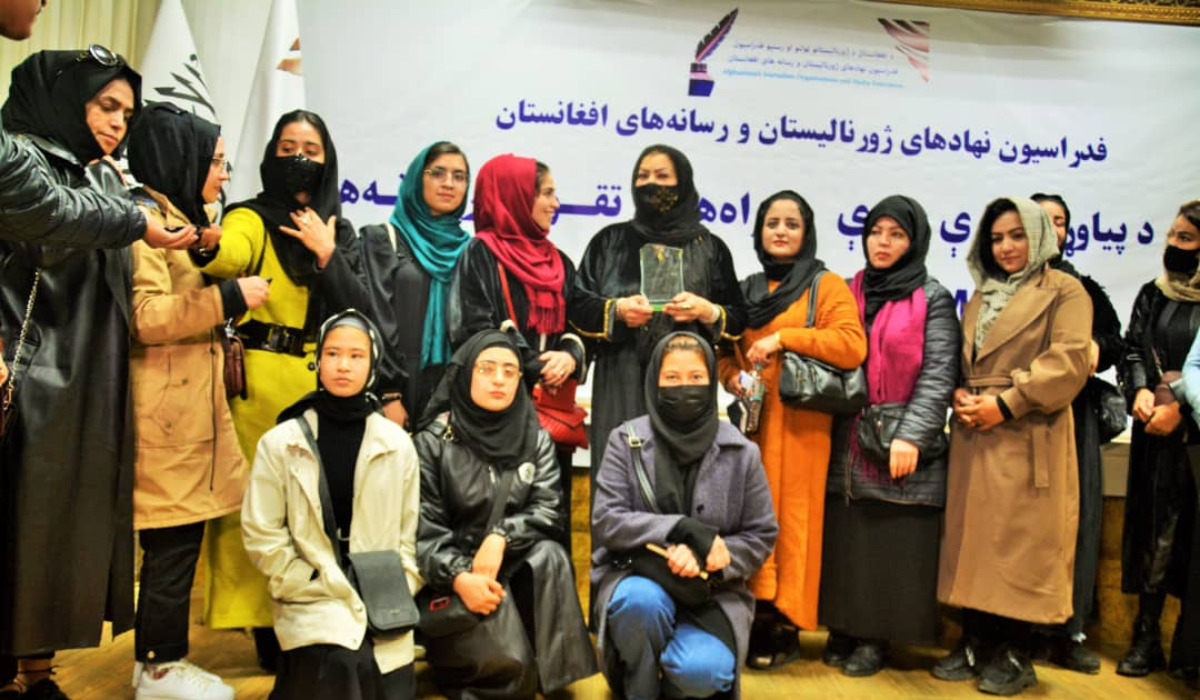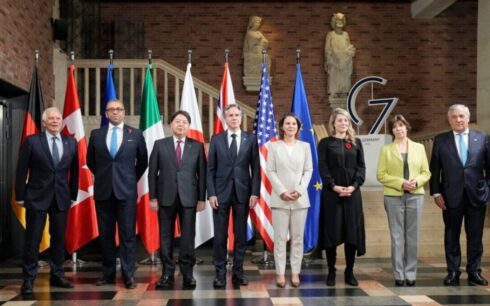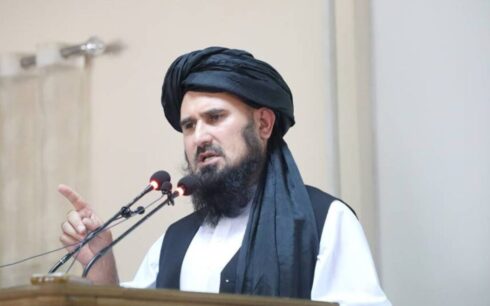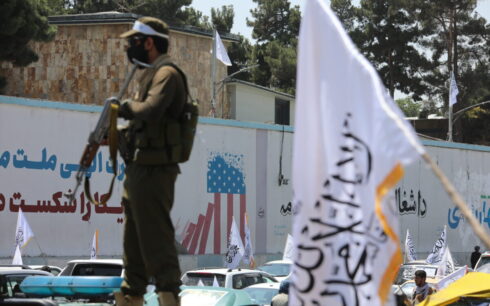The director of publications of the Taliban-run ministry of information and culture Abdul Haq Hammad claimed the group has not “intentionally” committed any acts of violence against Afghan journalists.
In a meeting of the Federation of Journalists and Media, Hammad stated: “The situation of journalists was dire during the republic period. There is no problem now. None of the incidents that happened to journalists were intentional. For example, a journalist had an accident with a car on a road, but they say that the Taliban did it.”
The Afghanistan Journalists Center (AFJC) has said in a report that 119 out of 260 cases of violence against journalists in 2022, were committed by the Taliban.
A number of Afghan media officials attended the meeting, and raised their voices about the lack of access to information, and urged the group to share information more freely with the media.

During the meeting, the Federation of Journalists of Afghanistan honored Mina Habib, a reporter from Tamadon TV, with a bravery award.
This comes as the Taliban have imposed strict restrictions on Afghan female journalists.
Faiza Qureshi, a female reporter in Kabul, told Amu TV: “There are many restrictions on journalists. As a reporter, I have gone to the Taliban forces and their officials many times, but they neither give interviews nor give answers to us. We still haven’t found an answer to the question of why they don’t stand before the camera and answer questions. They threaten us by taking us to the police command. They have taken me several times to the police command.”
Just days after regaining control of the country, the Taliban banned female journalists and presenters from being on-screen at the state-run Radio Television Afghanistan (RTA). Since then, no female journalists have worked at what is now a Taliban-run news outlet.
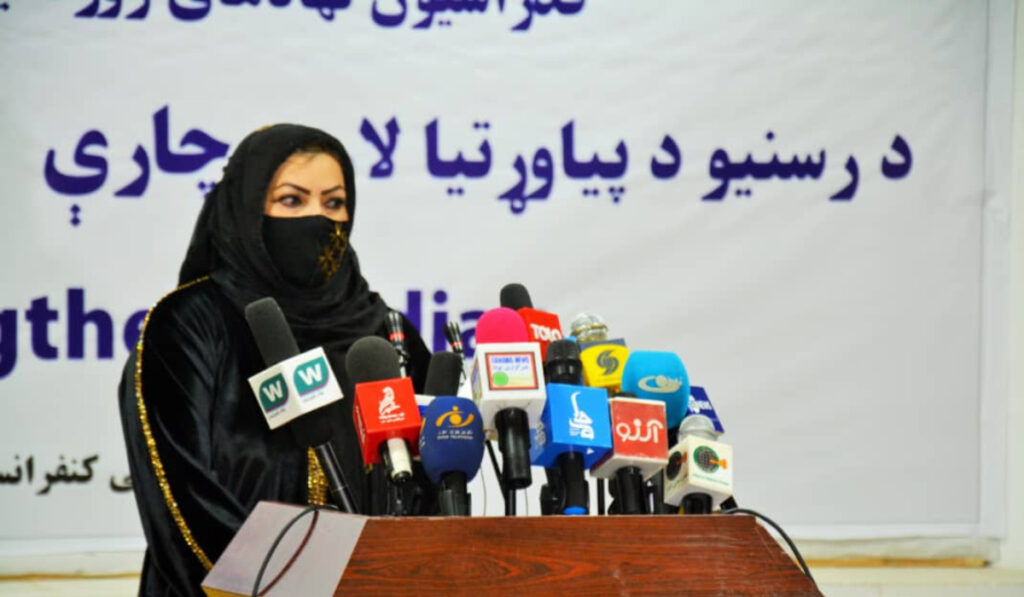
Meanwhile, the group has also forced female reporters and anchors at other media outlets to cover their faces with masks when they are on camera.
According to the Afghan media watchdog NAI, the organization that supports Afghanistan’s media, 93 percent of female journalists and media workers lost their jobs following the collapse of the former government because of restrictions imposed by the Taliban and because of financial problems media outlets are facing. NAI added that 50 percent of Afghanistan’s television stations have stopped broadcasting due to financial problems, while 48 percent of radio stations and all printed media outlets also closed down.

